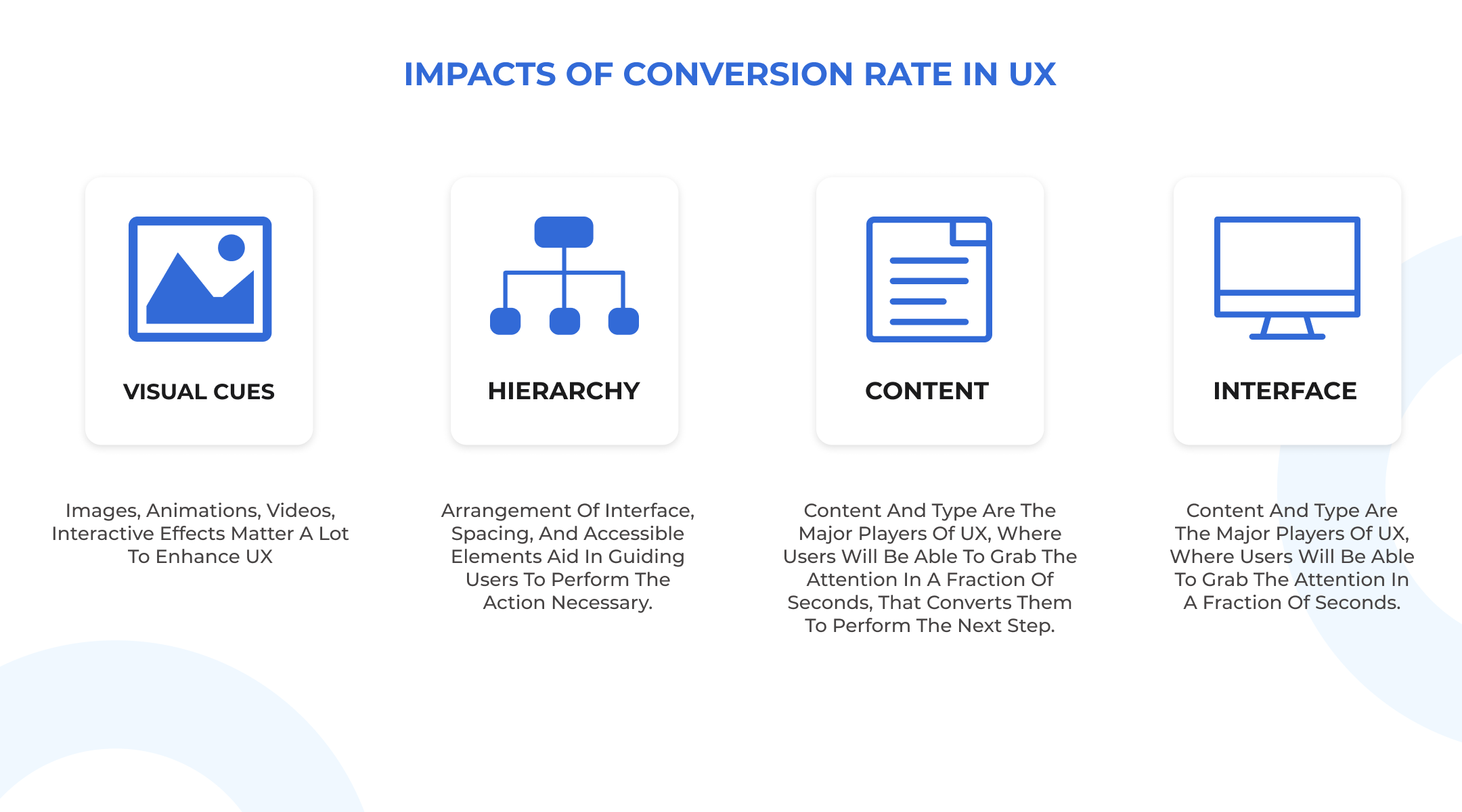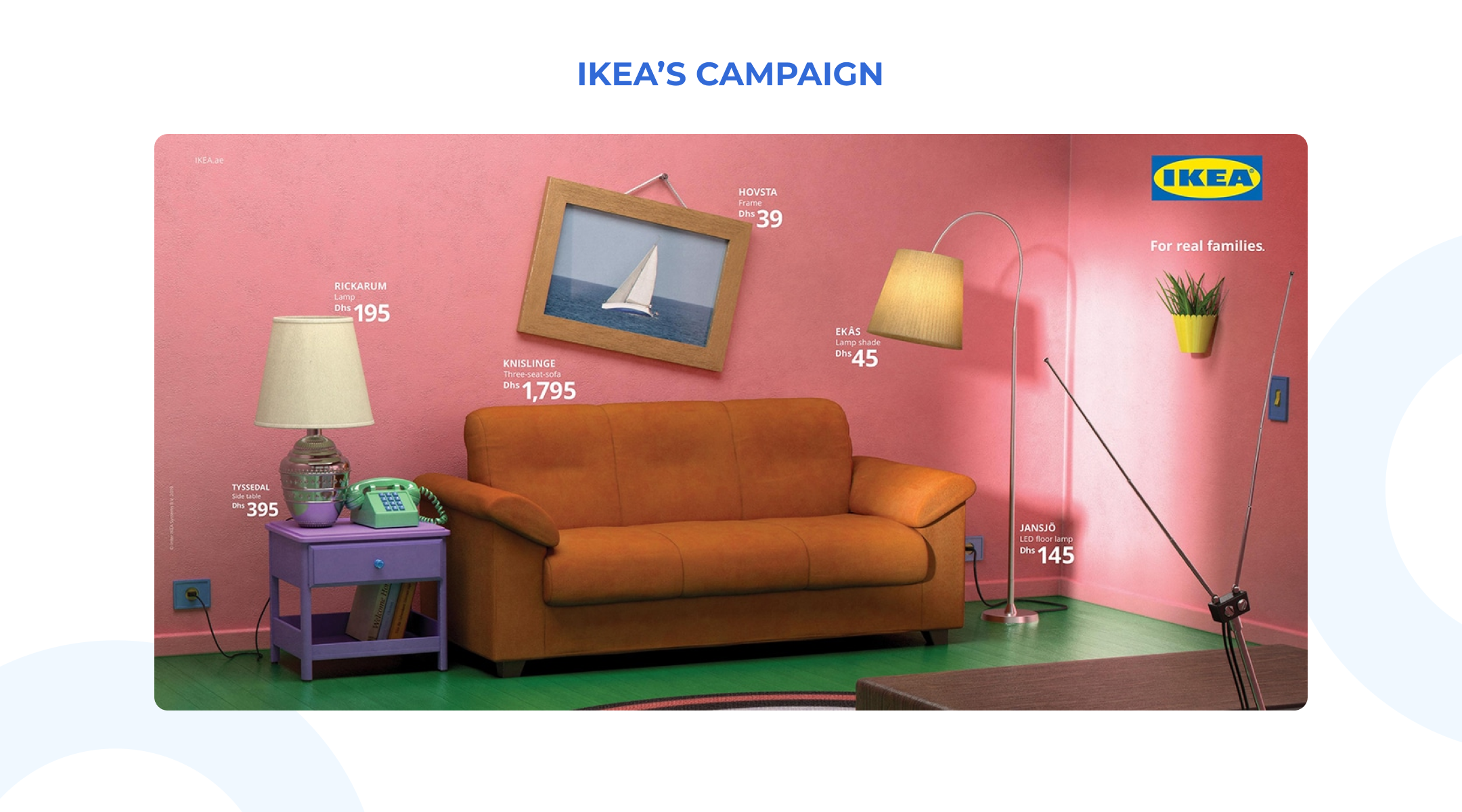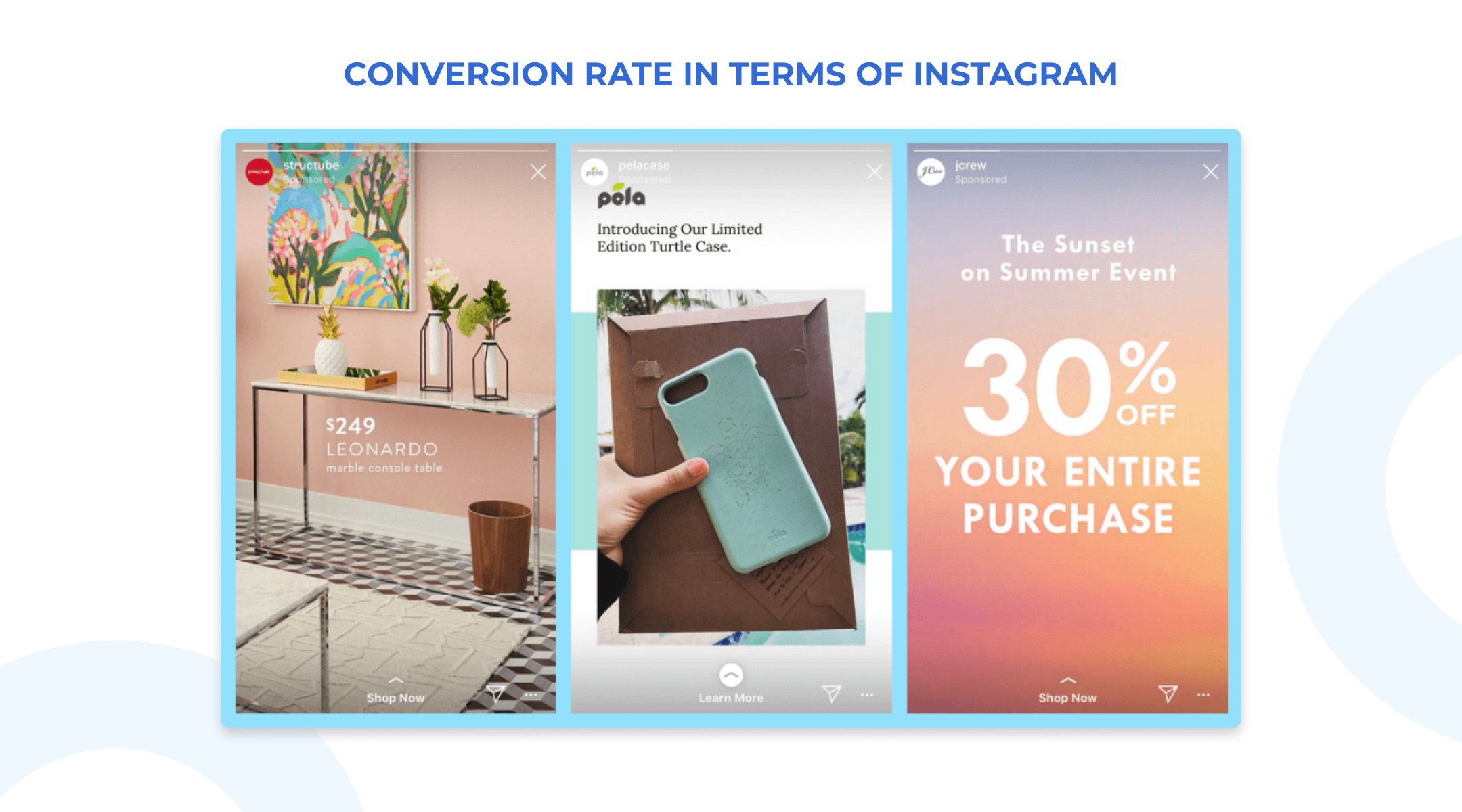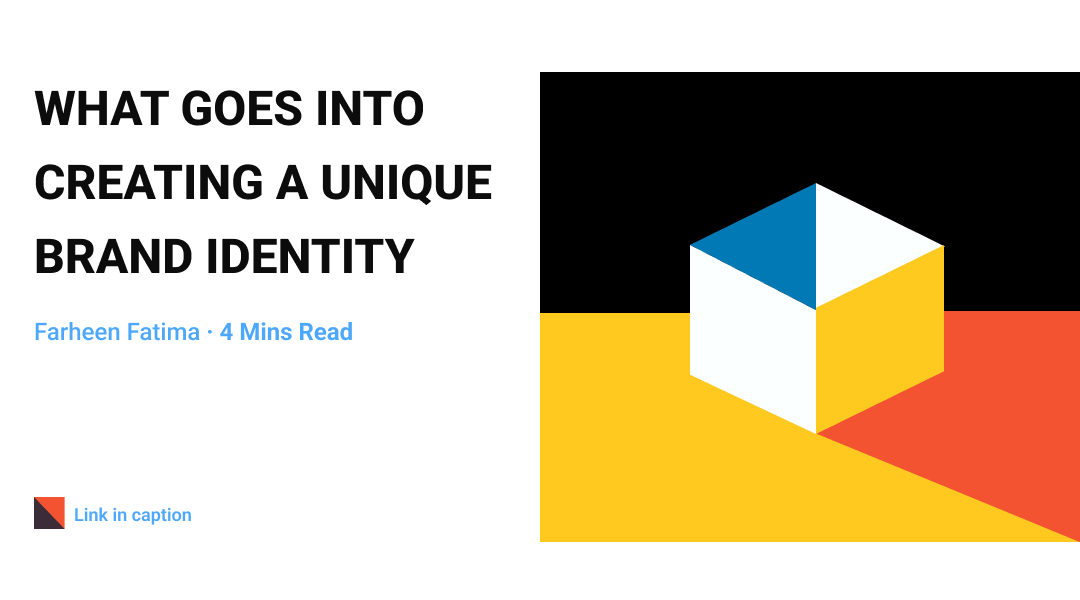Factors that could impact conversion rate in UX Design
What is Conversion Rate?
Conversion rate is the percentage of users who take the desired action. By the desired action, I mean the action you as a business owner want a user to take. The archetypical example of conversion rate is the percentage of website visitors who buy something on the site.

How is Conversion Rate Related to User Experience(UX)?
A good user experience enhances users’ engagement with your product and lets them seamlessly complete their interactions—which might include conversion actions such as subscribing or purchasing a product. User experience is relatable to how your users, leads, or potential clients engage or interact with your interface. It depicts how easily they can find what they’re searching for — without being paused by unnecessary friction, which can make them disappear or never return.
What UX Factors Impact the Conversion Rate?
Before discussing the factors that impact conversion rate, I would want you to have a look at some of the UX tips, shown below.

In my opinion, there are a lot of many resources that share about the conversion rate and User Experience design, I would like you to have a small journey around those. But here I want to take you through simple and sensible impacts of user experience in conversion rates.
“Digital interfaces live and die by their conversion rates. Good conversion rates mean more sales and revenue while poor conversion rates mean that you’ll struggle to keep your business afloat”.
How Does UX Affect Conversion Rate?
Advertising campaigns (Bring in more customers, not the interface), Updates of a product, etc. One such example is,
- Marketing Campaigns of Brands like IKEA

IKEA is great with marketing campaigns, as the poster here describes the value of each product and its affordability. When IKEA was about to be launched in a city, these posters were placed all over that city to attract customers.
Subsequently, there were huge conversion rates on their website and app, however, this is an impactful event, but not a cause of the UX design of the website or app that improved the conversion rate, but the marketing campaigns.
- Impact of Notification Banners

Swiggy and Zomato play the game of chances, where they appear right at mealtime and take you to glance at the notification which is highly attractive for you to order. They convert the user immediately and let them order food.
- ‘Stories’ Feature of Instagram

The conversion rate in Instagram is so huge, that the users are engaged to tap for loading stories, meanwhile seeing advertisements, where the user consciously or unconsciously taps to view the product. Thus, end up on a website purchasing the product.
The UX of this app is so intuitive that it allows users to browse content with just a few taps, and purchase products. So, from the Brands’ point of view (who advertise on Instagram) they are getting customers converted to buy, not by their App or Website, but with help of Instagram’s app design.
Conclusion
So, we can sum up the above discussion by saying that the conversion rate is a vast topic by itself. But when it comes to UX, the experience we as designers create adds a ton of value to the interface, which in turn builds the conversion rate for the business. Even a small tweak in the type/ spacing, colour, interaction buttons, and no. of steps of a task, can enhance the rate of users attracted to the interface and finally perform the desired action.



